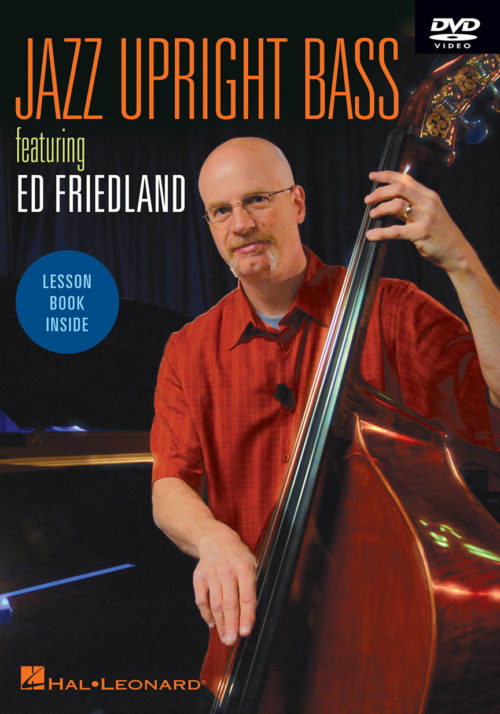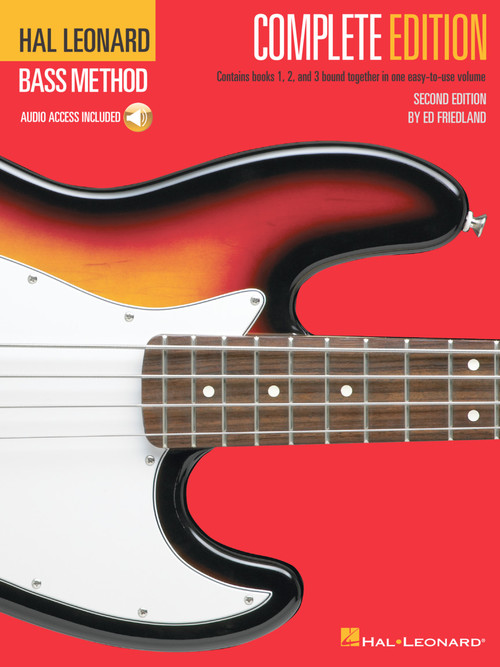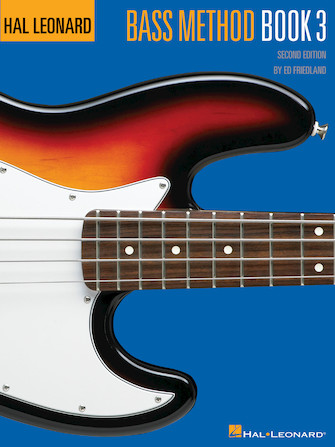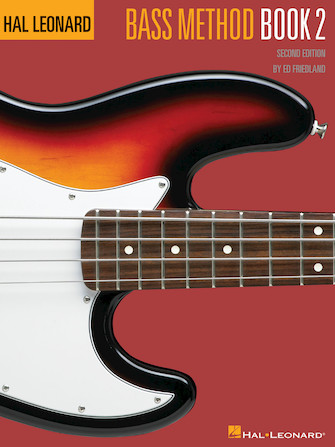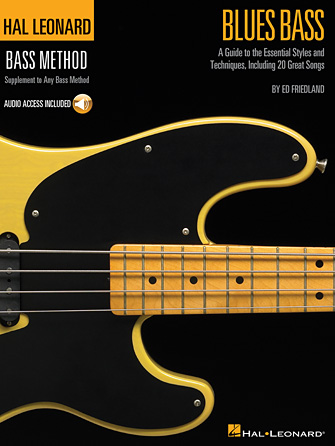-
This is the updated version of my book "Building Rock Bass Lines." It's been cleaned up, and clarified through several years of me using it with students. Learn the essential process of constructing a bass line from a set of chords, similar to the method in "Building Walking Bass Lines" but with rock-oriented chord progressions. It doesn't just show you "what" to play, it teaches you how to KNOW what to play. This book will teach you how to be a sentient bass player, and not just follow the guitarists left hand.
-
A chronological look at the development of reggae styles from Early Ska, to Ska, to Rocksteady, the Roots, to Dub, and Dancehall. Tracing the classic "ridders" back to the earliest-known track for historical perspective, this book is a library of classic reggae lines. With a killer back up band on the tracks!
-
This book examines 10 of the most influential bassists of all time, their setups, their great recordings, and some of their classic lines. A must-have for any student of bass!
-
This book examines working with pentatonic scales in a few interesting ways. Part one teaches you how to use them modally, just like major and minor scales to create more integrated bass lines for rock chord progressions. Part two explores this further with soloing ideas using modal pentatonic fragments, and using multiple tonic centers over chords.
-
Not so much a "learn how to play bass" DVD, it's more of a tool for people that have played upright bass already and want to play jazz. Technique, protocol, how to function in a group, all the stuff you need to know to hang with the cats.
-
A jazz play along, not really mixed for bass players. The rhythm section plays through jazz standards that will definitely get called at a jam session (the titles have been thinly disguised to avoid licensing.) But more than a simple play-along, each tune has an "improvisational etude" written for it outlining some classic phrases and bebop ideas through the chord changes.
-
Books 1-3 of the Hal Leonard Bass Method in one, spiral-bound edition.
-
The DVD goes along with the Hal Leonard Method book, but also can be used alone as a teaching tool—some people work better with visual instruction. Also available in a combination pack with Book 1.
-
Book 3 continues on with 16th-note rhythms, syncopation and funk, arpeggios, slides, pentatonic scales and riffs, slap, locking into the groove, and playing off chord changes. If you master all three books, you are ready for anything.
-
Once you've learned the material in Book 1, Book 2 starts teaching you other approaches, like learning a pattern and moving around the neck to play through chord progressions. You learn shuffle rhythms, playing higher up the fingerboard, major and minor scales, and much more.
-
Book 1 is an airtight, old-school METHOD book for bass. It teaches you to read music, and it's easier than you think! This gives you a great foundation on the instrument, and sets you up for the later volumes perfectly.
-
Book 1 of the Hal Leonard Method with an accompanying DVD.
-
The sequel to Building Walking Bass Lines, this book takes you into rhythmic embellishments like skips, dead notes, triplets and more. Learn how to play modal, use pedal points, target scale tones, play around the melody, and more.
-
This was originally my thesis for my Masters in Education degree in 1991. I was using a self-published version with my then-student, Tom Hamilton of Aerosmith. He told me how much he dug it, so I stuck my neck out and asked if he had any contacts with the band's publisher, Hal Leonard. The rest is history. The book outlines the process of building a functioning walking line - find the roots, add the fifth, approach notes, forward motion, as well as supplying swinging accompaniment, recorded with live musicians, not machines.
-
This book will prepare you to survive a blues jam anywhere in the world! Learn the patterns, rhythms, forms, and turnarounds of the blues, as well as must-know repertoire. Excellent play-along tracks, and tablature included.
-
Don't let the tacky name fool you, this book is not just a bunch of licks to copy. We start with a basic pattern using Major, Minor, Box, or Chromatic shapes, and learn how to interpret it 5 different ways. Each lick is written in quarter notes, eighths, shuffle, 16ths, and swing 16th-note rhythms.
-
Starting with studying the raw materials of Major, Melodic Minor, and Harmonic Minor scales and arpeggios, we learn about the inner workings of harmony, and vertical, and horizontal melody/harmony relationships. With an emphasis on phrasing, forward motion, and grasping the language of BeBop, Bass Improvisation is a great tool for learning to solo over chord changes.
-
One of my favorites. It gathers together many of my ideas about time keeping, metronome work, internalizing subdivisions, grasping the anatomy of drum beats by learning how to program your own beats, as well as how the tone and thickness of your notes effect the groove. It balances out the mystical thinking of groove metaphysics with hands-on, practical examples of 25 classic groove styles, with drum notation!






